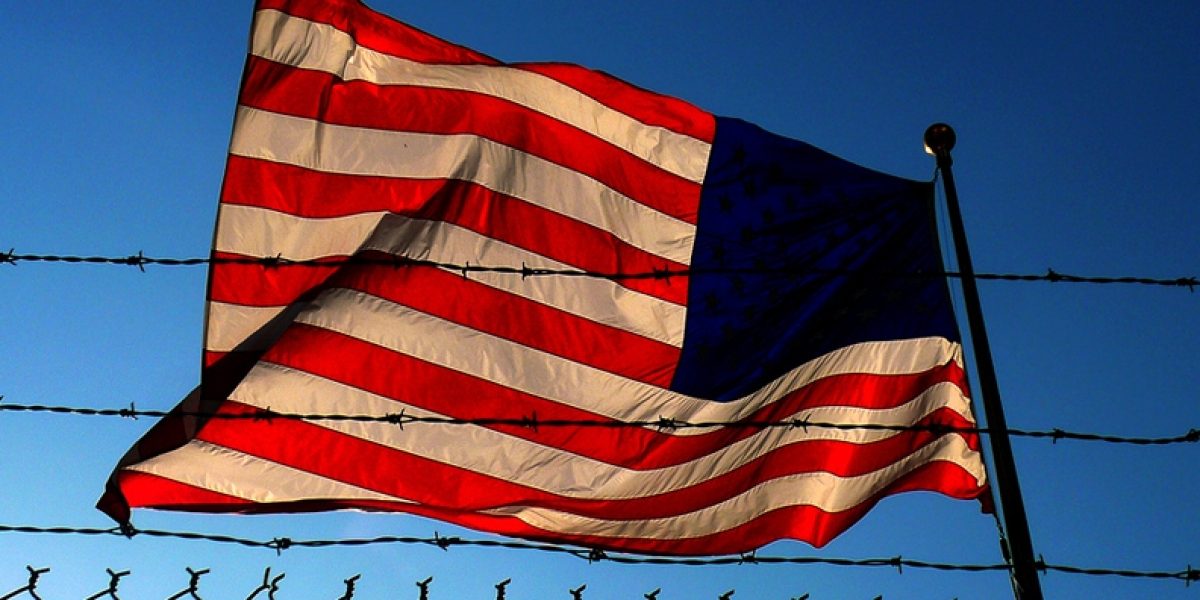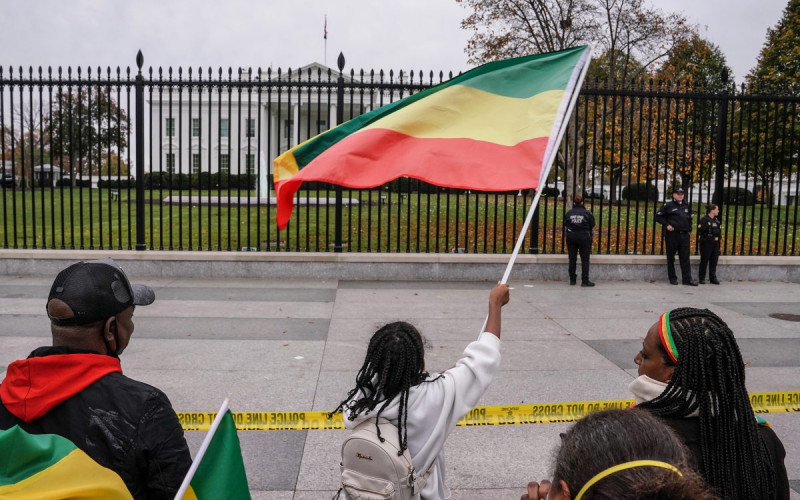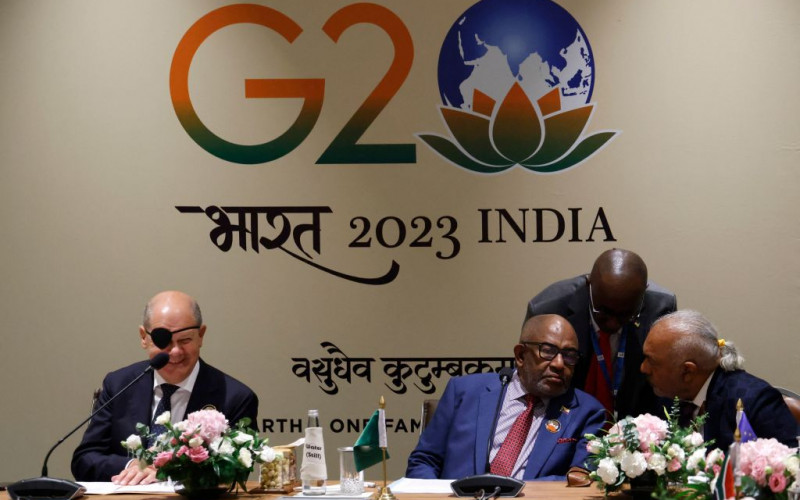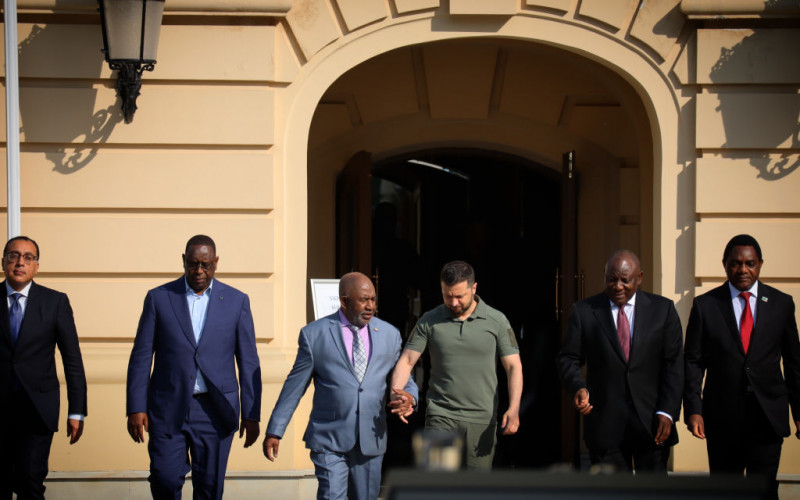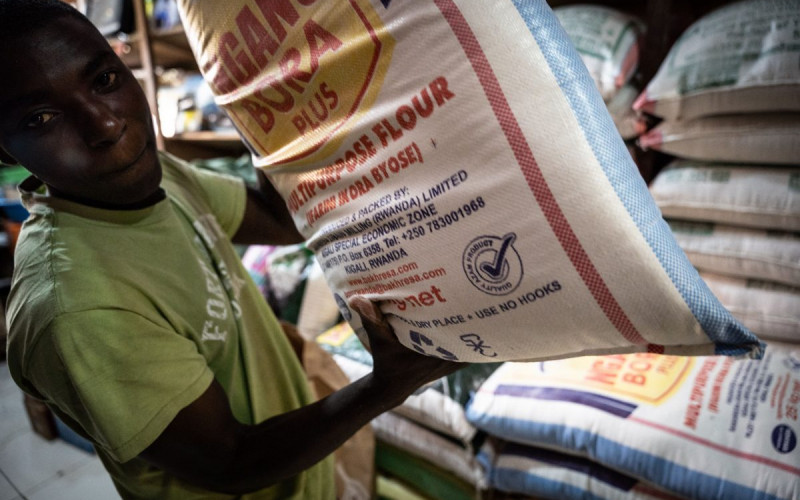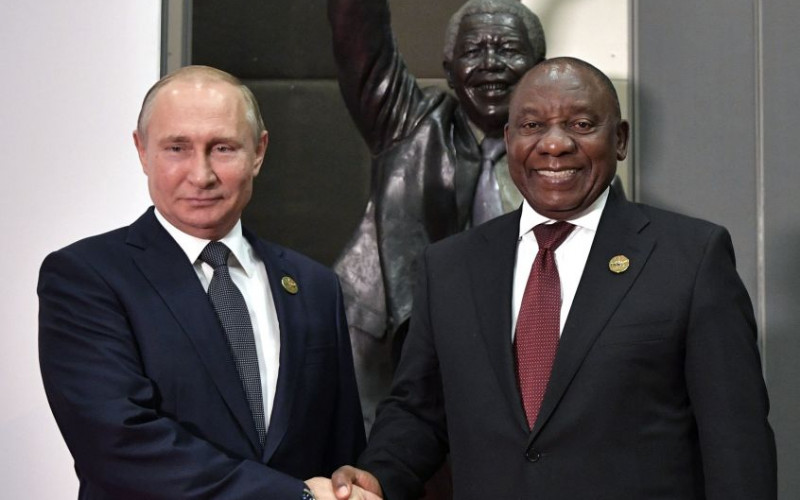Read our new article on the election results: ‘Trump Presidency: First reflections on the impact for Africa’. A series of responses from leading voices on the African continent is coming soon.
7 November: Clinton or Trump? The polls, the probabilities, the popular press
Depending on which news service one relies on, the two candidates for US president are either ‘neck and neck’, or Democratic candidate Hillary Clinton is far more likely to end up as president than is her Republican contender Donald Trump. In either case, the two are focusing their efforts on campaigning in swing states such as Florida, Iowa and Ohio in the final run up to Election Day tomorrow, Tuesday, 8 November 2016.
The South African press as well as ABC news in the US and BBC in the UK continue to report the race as close. However, the New York Times, based on a compilation of independent polls across the United States as current as 5 November, suggests that Democratic Party candidate Hillary Clinton has an 85% chance of winning the election. The NYT states this in its ‘Upshot’ feature, which has tracked the polls since June when the candidates’ relative chances were much more similar (more than 40% for the Republican candidate Donald Trump, less than 60% for Clinton).
Viewing the feature, one can see the impact on the various polls of Clinton’s pneumonia scare and the progressive revelations regarding her use of private email servers during her tenure as US Secretary of State. As for Trump, the release of a recording from 2005 which includes boastful claims of sexually predatory behaviour as well as the subsequent sexual assault claims from 11 women are reflected in the polls.
As for the latest updates, on Sunday evening, FDI director James Comey released a statement declaring that, based on their review of the recently-discovered trove of emails, the FBI conclusions from July would stand and the former Secretary of State should face no charges over her handling of classified information.
The large variances in media coverage may be reflective of the highly polarised US electorate which comprise the respective audiences of these news outlets. More conservative news outlets may be broadcasting less dire predictions for Trump, perhaps in the hope of rallying Republicans to ‘get out the vote’. The New York Times has focused on favourable coverage of Clinton, although noting the general discontent – even disgust – with the state of US politics among voters from both parties: a NYT poll reported on 3 November showed 8 out of 10 voters were ‘repulsed rather than excited’ by the elections campaigns.
According to the compilation of polls and the calculations of probability in the Upshot feature, Clinton was nearing over 90% probability of being elected just prior to the renewed investigations of Clinton’s emails in late October. Throughout this, while a sizeable number of states have remained stalwart supporters of Trump, only a few of those, such as Texas and Georgia, carry substantial numbers of Electoral College votes. As a result, this has not overwhelmed the support for Clinton, which includes states with large delegations to the Electoral College, such as California, New York, Pennsylvania, Illinois, and Virginia.
Viewed through the lens of the Electoral College, an anachronism which persists into this day in order to protect the voice of states with small populations, Clinton was expected to easily garner 268 of the 270 votes required to win, from 23 likely democratic states, even before the returns from swing states are calculated. Trump was almost sure to win 157 votes from 23 likely Republican states. That leaves 113 contested votes from 11 states considered still up for grabs by the NYT.
With a Clinton victory predicted by many, some are turning to the contests in Congress over majority status in the respective houses. Given the US legislature’s considerable ability to check executive power, in a system where a sitting president cannot depend on the votes of even his own party on controversial legislation that runs counter to specific constituency preferences, the outcome may determine the efficacy of the next administration. It has certainly been a major constraint under Obama, evidenced by the recurrent failure of Congress to meet deadlines for national budget approval and the continuing back and forth over immigration and energy policy. Obama has been one of only a few presidents to suffer a congressional veto of his own veto of legislation, in the case of a recent bill passed which will enable the family of victims of the 9/11 terrorist attacks to sue Saudi Arabia.
During Obama’s two administrations, control of Congress flipped, with both houses under Democratic majorities in 2009-2011 ending up under Republican majorities after the mid-term elections of 2014. Republicans seek to hold their majorities in both the House of Representatives and the Senate in this election. And they may well do so. According to Upshot, the Democrats have only a 55% chance of winning the Senate. Even then, the margin of seats is likely to be small – as it has been under the Republicans. Still, Republican candidates are not taking any chances and many have abandoned the Trump campaign in order to protect their own chances at re-election.
The speculation remains the same that a new Clinton presidency would carry with it more promise of continued trade, aid and multilateral approaches to foreign policy. Whether a Republican Congress will work with her to allow the progress of these is perhaps the question.
In any case, whether Clinton or Trump, the next president of the United States will have to contend with rising global uncertainty for the US in light of an increasingly aggressive Russia, a post-Brexit EU, and the continued unravelling of the Syrian conflict.
10 October: First Debates: Implications for Africa
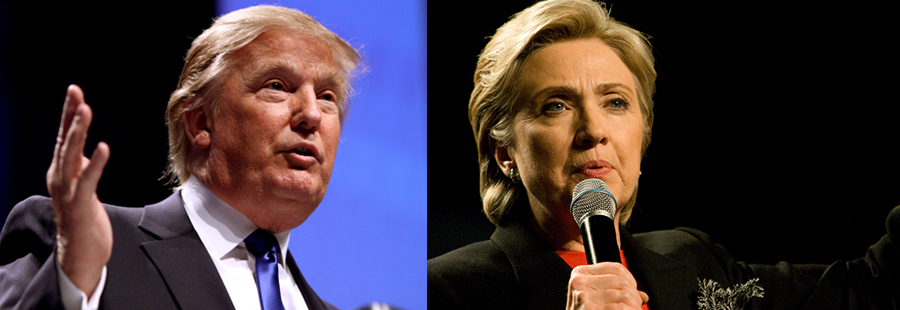
Monday 26 September marked the first presidential debate, and Sunday 3 October the second. In the first presidential debate, the broad consensus was that Hilary Clinton fared better. She exuded a sense of ease and preparation, while Trump appeared to be flustered by her personal attacks, which put him on the defensive rather than his usual confident offensive.
In second presidential debate, the outcome was decidedly opposite. Trump excelled with calmly executed one-liner attacks, but pundits still questioned whether he did enough to sway needed independent voters.
Winners and losers aside, the policy implications of the presidential debate in particular are important to note. Though neither Trump nor Clinton mentioned any African countries, a few key policy implications can be extrapolated from their discussions and the positions they have taken on the campaign trail.
Free Trade Agreements: Not really keen on ‘free’ or ‘a call for modern day protectionism’
When the candidates were asked how they propose to bring manufacturing jobs back to America, the debate quickly spiralled into a clash on free trade agreements. Trump echoed his frequent condemnation of jobs leaving America for countries like China and Mexico, which he blamed on agreements such as the North American Free Trade Agreement, which Clinton voted in favour of.
Negotiations for a SACU-US free trade agreement under a Trump presidency, which must start soon given that the African Growth and Opportunity Act (AGOA) is set to expire in 2025, will be even more difficult than usual, if they even start at all.
This is significant, as trade with the US was USD$12.7 billion in 2015. AGOA has created approximately 60,000 jobs for South Africans in labour-intensive industries such as agriculture and automotives. Failing to negotiate a new trade agreement post-AGOA will almost certainly reduce South Africa’s exports to the US, which totalled USD$896 million in 2016 (YTD June). Additionally, for fellow SACU member Lesotho, AGOA has provided a sizeable boost to the garment and textile industry, providing exports worth USD$300 million in 2015. This number is significant for such a small country, and approximately 3% of the labour force is engaged in the manufacture of textiles and garments exported to the US under AGOA.
Clinton, despite also stressing the need to keep and create manufacturing jobs, reiterated her position of much more openness to free trade agreements during the debate. She stated she is generally supportive of such agreements if they do not negatively impact employment, income or national security, and commended their ability to increase exports. It is unlikely that a free trade agreement with SACU will significantly impact these three factors, as the region only constitutes a minimal percentage of US trade. In 2013, SACU exports to the US totalled USD$9.4 billion, or 0.34% of total US goods imports. Thus the prospects for a favourable agreement would be much more likely under a Clinton presidency.
Foreign Aid: a tool of diplomacy or unnecessary burden?
Trump’s espoused isolationism also begs the question as to whether America’s profile of aid to the African continent will change if he becomes President. Trump stated during the debate: ‘we cannot be the policeman of the world, we cannot protect countries all over the world, where they’re not paying us what we need.’ He was referring specifically to his disenchantment with NATO (the North Atlantic Treaty Organization), and other NATO members’ inadequate defence budgets, which should be 2% of GDP.
Would this nationalist sentiment extend to shrinking American bilateral aid to the African continent as well? The US contributed USD$31.08 billion in Official Development Assistance (ODA) in 2015, almost double that of the UK, the second largest contributor. US aid to Africa is currently projected to be USD$7.1 billion for fiscal year 2017. And such actions would not only impact bilateral aid, but the capacity of prominent multilateral donors such as the World Bank and United Nations, to which the US is a large contributor.
However, these are of course only speculations, and given that ODA is only 0.17% of US gross national income, reducing aid may not be priority for Trump. At the same time, many of Trump’s statements throughout the campaign seem to shooting from the hip rather than based on logic. One can only speculate as to how far Trump’s isolationist sentiments could extend in actual practice.
If Clinton becomes president, one can be more confident that aid flows will remain relatively stable. Contrary to Trump, Clinton has constantly reaffirmed the importance of American allies and NATO, in line with the importance she places on the US’s partnerships with the rest of the world. Historically, US aid has always played a role in the country’s foreign policy engagement, and as Secretary of State in 2010, Clinton launched the Quadrennial Diplomacy and Development Review (QDDR), a blueprint to improve US aid and diplomacy.
Given Clinton’s experience as Secretary of State and the precarious global security context, however, a Clinton presidency would more likely see aid linked closely to American security concerns. Yet perhaps also issues such as women’s rights, which Clinton has championed vehemently domestically as first lady and Secretary of State, could have an increased presence in the American aid profile.
An unusually controversial election
This year, an elevated level of press has surrounded the upcoming US general elections on 8 November, primarily because of the erratic and often offensive statements made by businessman and Republican nominee Donald Trump.
This past week, a tape from 2005 surfaced revealing Trump speaking vulgarly about women, and it has now even begun to alienate his own party support. For Democratic nominee Hilary Clinton, the revelations over her private email server while she was still Secretary of State, and the allegations that certain countries received high-level access to her by making donations to the Clinton Foundation, have also added to the media hype.
This year’s elections have come down to the wire, with polls showing both candidates neck and neck, making ‘swing states’, which historically have switched between voting Democrat and Republican, crucially important. This year, Florida, Ohio, Pennsylvania and North Carolina are crucial swing states, both because of their high number of electoral votes and undecided populations.
The debates provide the first head-to-head comparison of the two candidates’ policies, whereas much of the electoral campaign thus far has focused on ethics and personal attacks. Hot topics for this year’s debates include: fighting terrorism, immigration reform, police violence, and economic policy (taxes, free trade agreements and employment creation).

